1. Increased Accuracy
AI-powered facial recognition algorithms have reached unprecedented levels of accuracy due to deep learning and massive training datasets. State-of-the-art systems can distinguish individuals with extremely low error rates, even outperforming humans in many identity-matching tasks. This high precision is documented in rigorous evaluations – for example, recent NIST tests show top algorithms correctly identifying faces well over 99% of the time. The dramatic accuracy gains (compared to early 2010s systems) have reduced false positives and negatives, which is crucial in security and law enforcement scenarios. Near-perfect recognition means a lower chance of misidentifying innocent people or missing suspects, enabling broader adoption of facial recognition for authorized use cases. Nonetheless, maintaining such accuracy in unconstrained real-world conditions remains an active challenge.
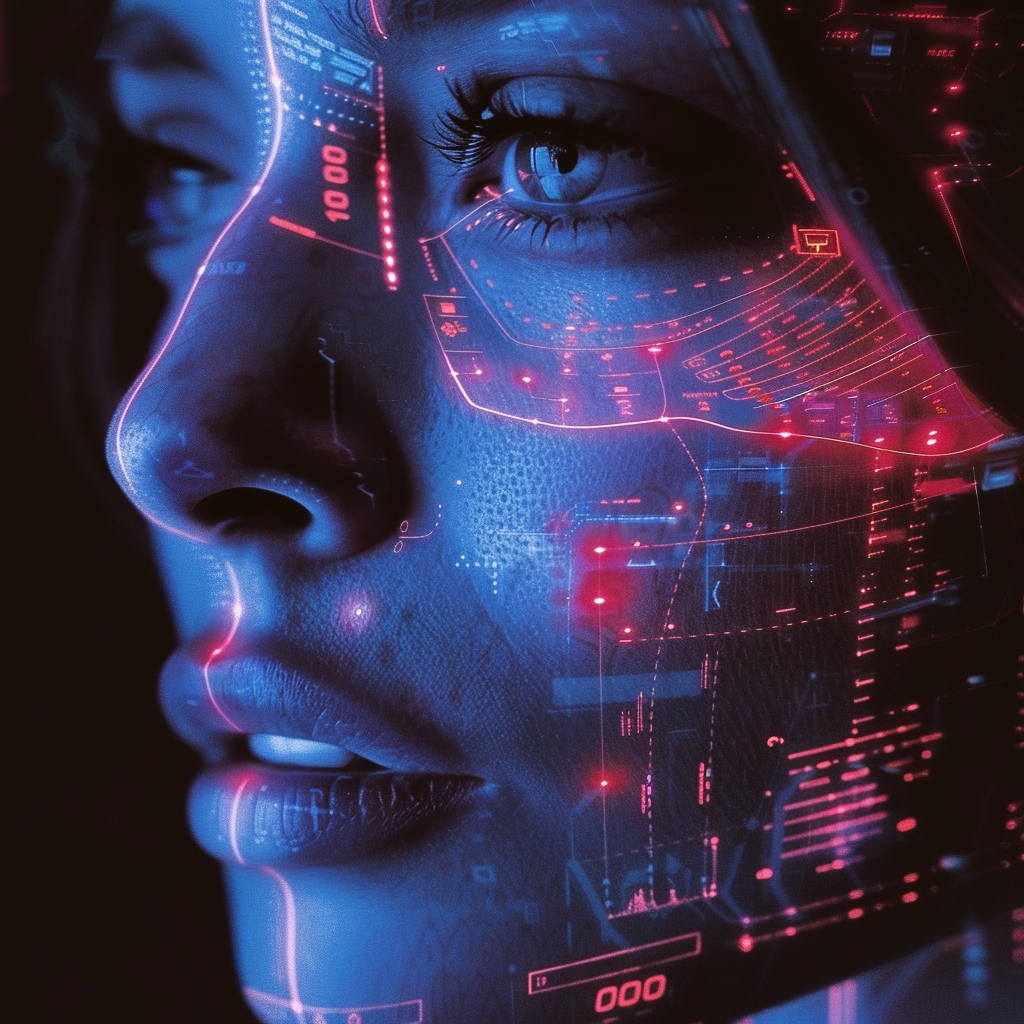
In a 2024 evaluation by NIST, a leading face recognition algorithm achieved an authentication error rate of only 0.07% when matching faces against a database of 12 million images.
2. Real-Time Processing
Advances in AI and hardware have enabled facial recognition to operate in real time, processing video streams on the fly. Modern deep learning models optimized for efficiency can detect and identify faces within milliseconds, keeping pace with live camera feeds. This is essential for applications like surveillance and access control, where immediate identification of individuals (e.g. at airport security checkpoints or live CCTV monitoring) is required. Current systems can achieve high frame rates – on the order of dozens of frames per second – in face detection and matching tasks. The ability to analyze multiple faces simultaneously without perceptible delay means security alerts or authentications can happen virtually instantaneously. Overall, AI enhancements ensure that facial recognition can be seamlessly integrated into real-time environments, improving responsiveness and safety.
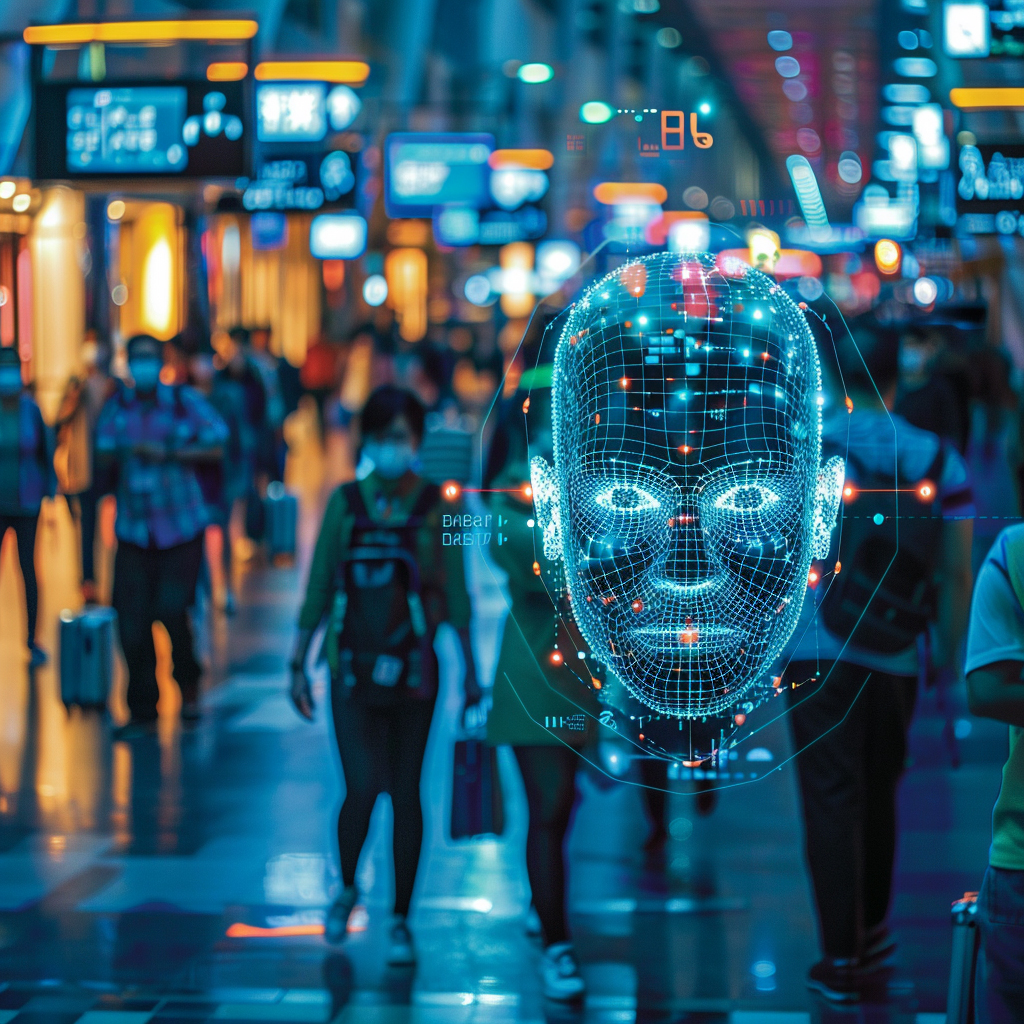
A state-of-the-art face detection model (Google’s Mediapipe) can run at 30 frames per second on a standard CPU, demonstrating the feasibility of real-time facial recognition on everyday hardware.
3. Age and Gender Estimation
AI-enhanced facial recognition systems now often include age and gender estimation as auxiliary features. Deep learning models can analyze facial characteristics to predict an individual’s age (typically within a few years of the true age) and classify their gender with high accuracy. This capability has improved markedly in recent years: a 2024 NIST study noted significant gains in age-estimation precision over the past decade. In practice, many algorithms can achieve gender classification accuracies above 95%–98% in ideal conditions and have brought age prediction errors down to only a small margin of years. These tools are useful for demographic analytics – for example, tailoring digital signage to a viewer’s age/gender group or enhancing user experiences in retail and entertainment. While generally reliable, the estimations are not perfect and can be affected by image quality and demographic nuances, so they are used as supportive data rather than definitive identifiers.
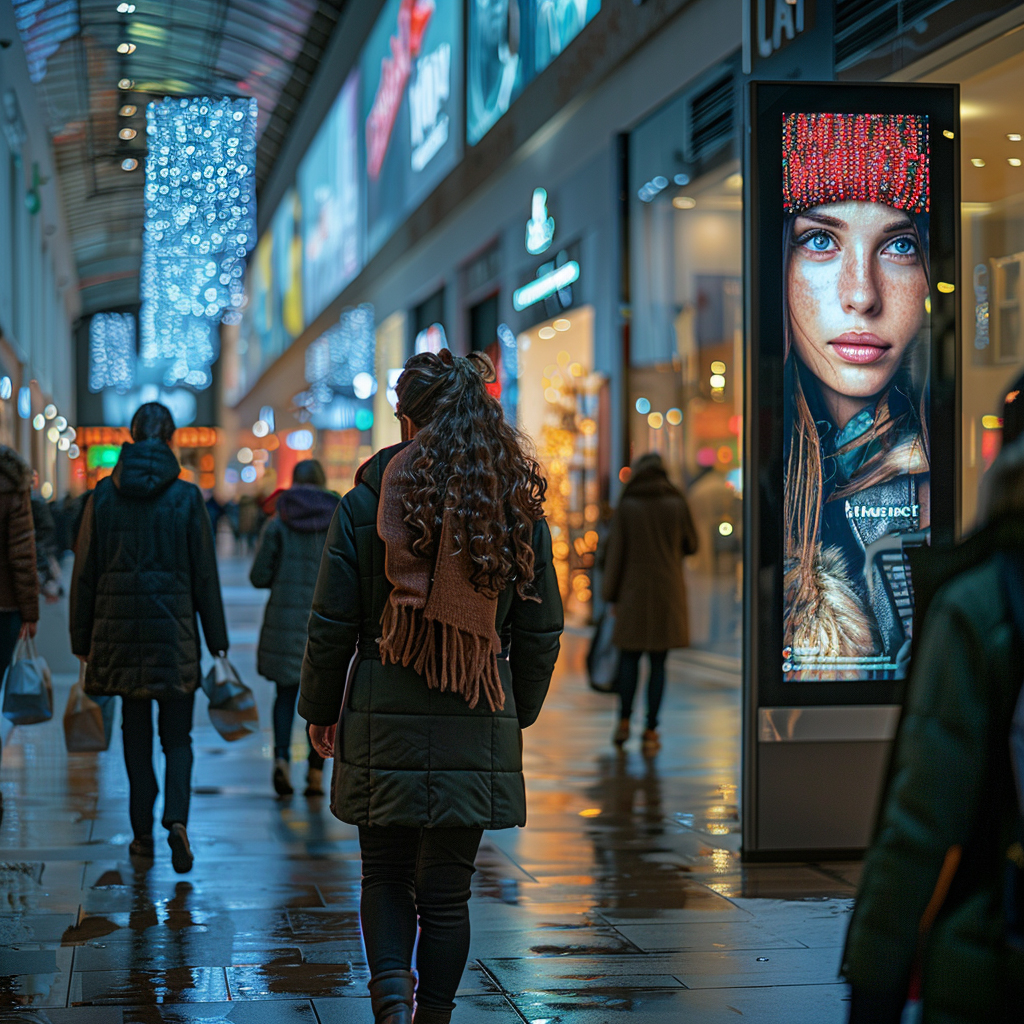
According to NIST’s 2024 evaluation, leading algorithms’ mean absolute error in age estimation is ~3.1 years, improved from about 4.3 years in 2014 (using a consistent test set). This indicates AI has substantially narrowed the gap in age prediction accuracy over the last decade.
4. Emotion Recognition
AI has enabled facial recognition systems to infer emotions by analyzing expressions, though this area is less mature than identity recognition. Contemporary facial emotion recognition (FER) models can detect basic expressed emotions (happiness, sadness, anger, etc.) from images or video, and their accuracy has been gradually improving with larger datasets like AffectNet and advanced neural networks. However, even the best FER algorithms typically achieve around 75–85% accuracy in real-world settings, which is notably below human performance (humans score around 90% on basic emotion recognition). This gap highlights the challenges – emotions can be subtle, culture-dependent, or masked, making them harder for AI to read reliably. Despite these limitations, emotion recognition is being explored in market research (to gauge customer reactions via facial cues), in automotive systems (monitoring driver drowsiness or distraction), and in healthcare/education for non-verbal feedback. Its use raises important questions about privacy and the interpretation of affect, so ongoing research is focused on improving accuracy and ensuring ethical use.
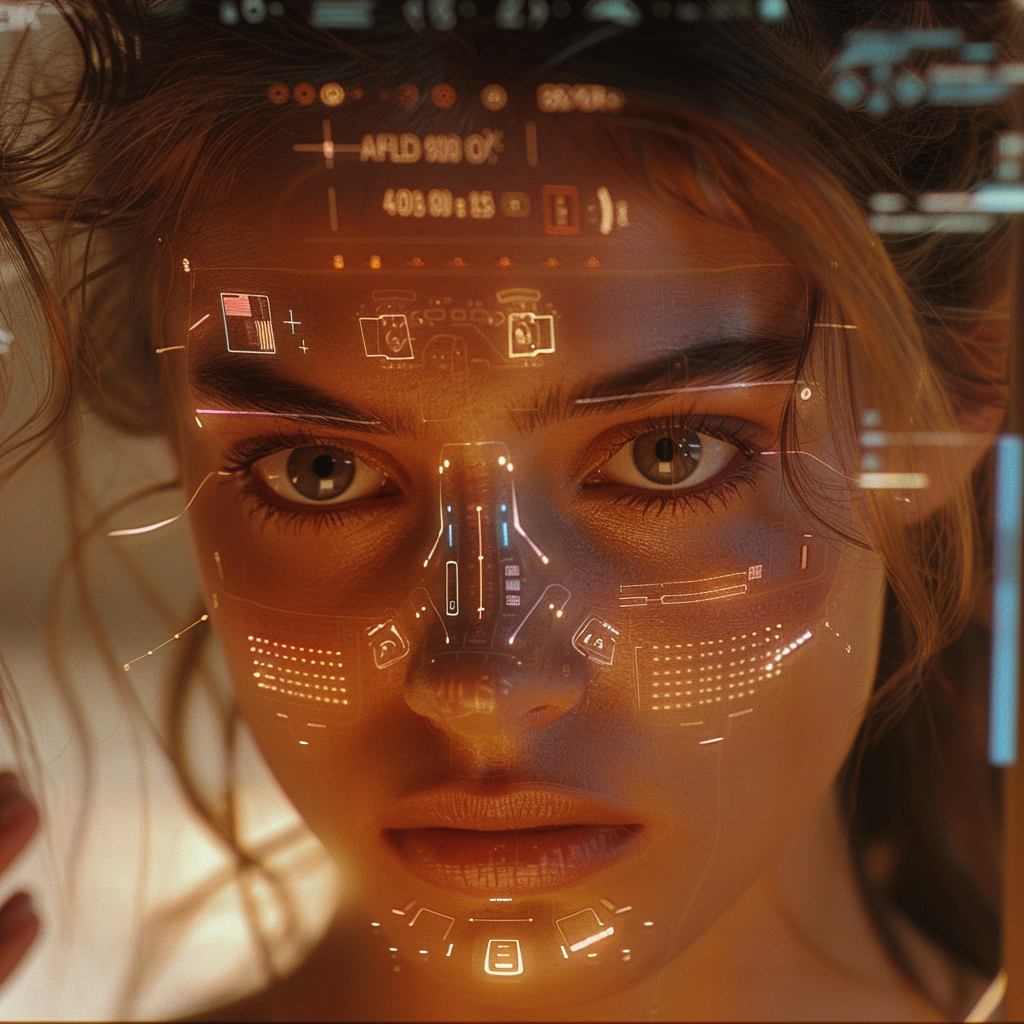
Studies in 2023 found that state-of-the-art facial emotion recognition software achieves roughly 75–80% accuracy in identifying a person’s emotion from their expression, whereas human observers are about 90% accurate on the same tasks.
5. Improved Performance in Diverse Conditions
AI-driven enhancements have made facial recognition much more robust under challenging conditions such as poor lighting, extreme pose angles, motion blur, or partial occlusions. Modern algorithms are trained on augmented and diverse data (e.g. faces in different lighting or with masks), and some incorporate infrared or 3D imaging, which helps maintain accuracy when visible light images are suboptimal. As a result, the drop-off in recognition performance due to these factors has significantly lessened compared to older systems. For example, the COVID-19 pandemic spurred improvements in recognizing masked faces – new models reduced error rates dramatically for masked vs. unmasked comparisons. Similarly, techniques like super-resolution and de-blurring can be applied to low-quality footage to boost identification rates. These advancements mean facial recognition is far more reliable in real-world scenarios: cameras can correctly identify individuals at night, from surveillance video, or even when the person is wearing a mask or sunglasses, to a degree that was not possible just a few years ago.
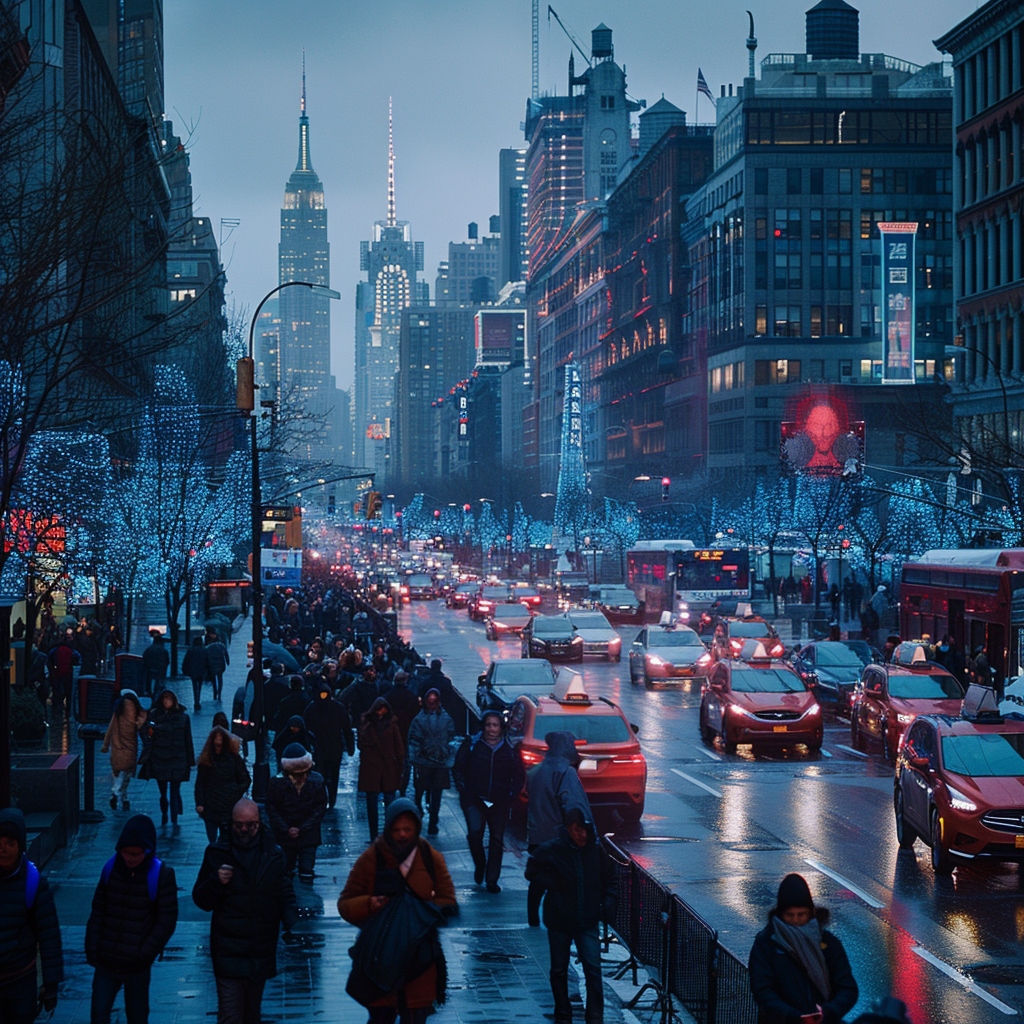
NIST testing shows that after 2020, algorithms optimized for occluded faces brought the false non-match rate with heavy face masks down to ~5%, whereas it is ~0.3% for unmasked faces – an ~25× improvement in matching masked faces compared to early pandemic algorithms. This highlights substantially better performance in adverse conditions like mask-wearing.
6. Enhanced Security Features
AI enhancements in facial recognition are not only improving accuracy but also security against fraud and spoofing. Modern systems incorporate liveness detection – AI checks that the face presented is from a live person and not a photograph, video replay, or mask – by analyzing subtle cues like skin texture, eye blinks, or 3D depth. The latest liveness detection algorithms are highly effective, correctly flagging the vast majority of presentation attacks (often over 98% detection success on test datasets). This greatly hardens security for applications like mobile face unlock, banking apps, or building access, preventing impostors from using stolen images. Additionally, AI is used to detect deepfakes or digital manipulation in facial imagery, adding another layer of defense. These enhanced security features ensure that as facial recognition becomes more prevalent for authentication, it remains resistant to misuse – only authorized, real individuals are granted access. Moreover, many systems now perform on-device processing and template encryption to protect biometric data, aligning with privacy and security best practices.
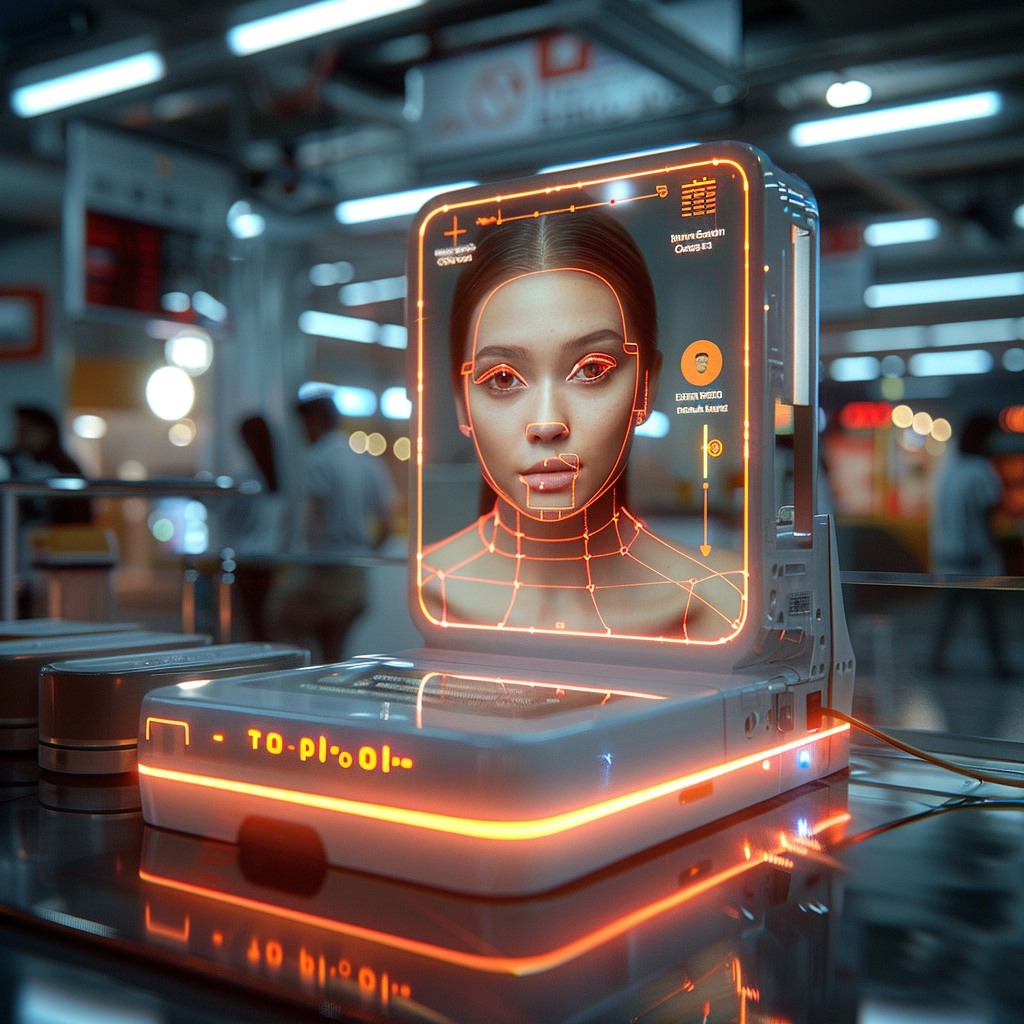
A recent study reported a 98.7% accuracy in detecting spoofed or non-live faces using a lightweight deep learning liveness detection model, illustrating the effectiveness of AI against facial presentation attacks.
7. Integration with Other Biometric Systems
Facial recognition is increasingly being combined with other biometric modalities (like fingerprints, iris scans, or voice recognition) to create multi-factor biometric systems. AI facilitates the fusion of data from multiple biometrics by intelligently weighting and matching combined feature sets, resulting in significantly higher overall accuracy and security than any single biometric alone. Such multi-modal systems have shown near-perfect identification capabilities in research settings – for instance, combining face and iris data can yield accuracy rates approaching 100% with negligible error. In real-world deployments, this means a person would need to match on multiple independent traits, drastically reducing false matches and making spoofing virtually impossible (e.g. one system reports a face+iris false acceptance rate of less than 1 in 10 billion). This integration is especially valuable at international borders, secure facilities, or in national ID programs, where layered verification provides a robust defense. AI ensures the different biometric inputs can be processed in parallel and decisions made quickly, so the user experience remains smooth even as security is enhanced.
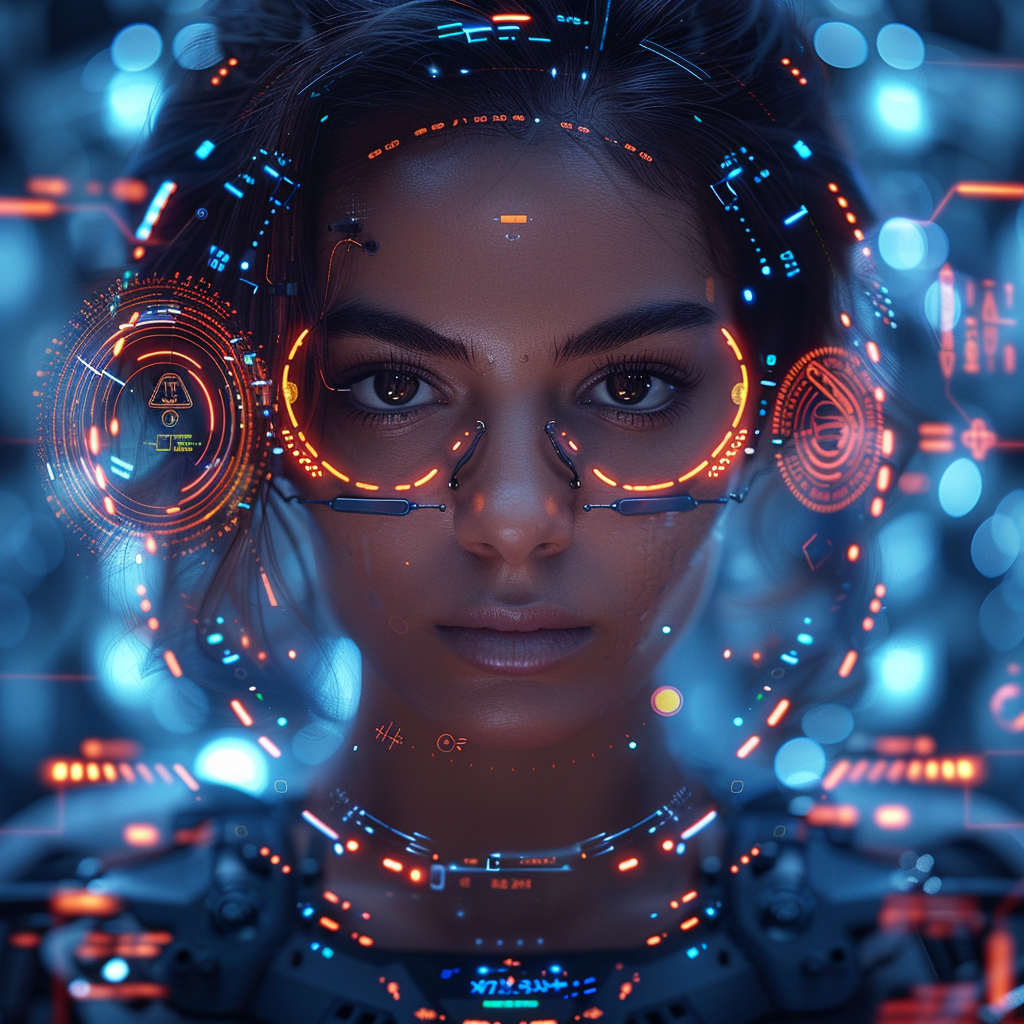
Researchers demonstrated that a fused face-and-iris recognition system achieved 100% accuracy on a test dataset, with the Equal Error Rate dropping to only 0.26% – a dramatic improvement over using face or iris alone (which had EERs of 1.79% and 2.36% respectively)
8. Scalability
AI enhancements have greatly improved the scalability of facial recognition systems, allowing them to handle very large databases and high volumes of searches simultaneously. Cutting-edge face recognition algorithms are designed to maintain speed and accuracy even as the number of enrolled identities reaches into the millions. For example, recent NIST 1:N tests evaluate identification performance on databases of 12+ million faces, and top algorithms continue to perform with minuscule error rates at that scale. Cloud-based and distributed computing approaches, often powered by GPUs and optimized indexing, enable thousands of face comparisons per second. This means a city-wide surveillance network or a country’s passport control system can match faces against watchlists in real time without bottlenecks. Several AI-driven platforms also support massive parallelism – responding to numerous recognition queries concurrently – without loss of performance. The result is that facial recognition technology can scale from small applications to nationwide systems, providing quick results regardless of database size, which is vital for large organizations and government programs deploying these solutions globally.
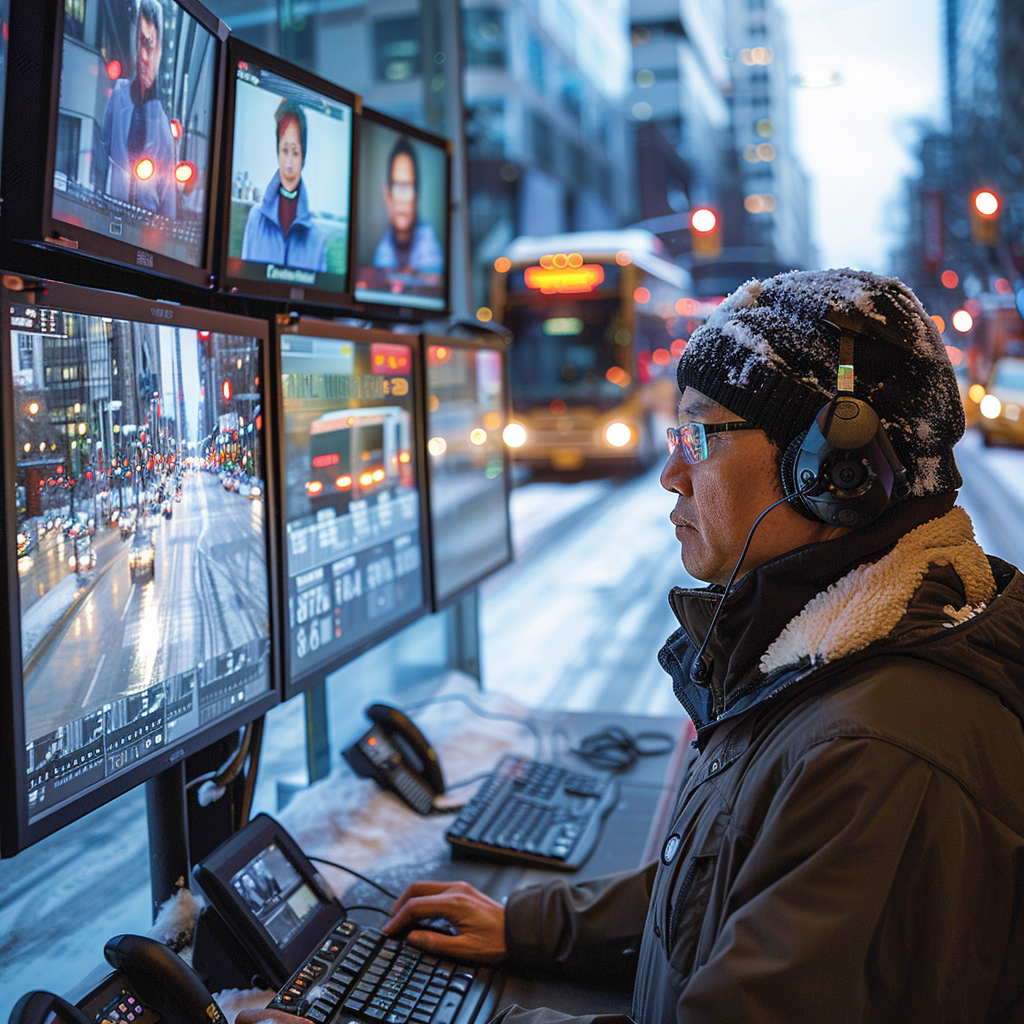
One cloud facial recognition service (Expertum Face.Match) in 2024 reported 99.98% accuracy while handling 1,000 simultaneous face recognition requests, showcasing both high precision and the capacity for massive parallel scalability.
9. Reduction of Racial and Ethnic Biases
Recent efforts in research and development have led to facial recognition systems that are fairer across different racial and ethnic groups. Developers have mitigated biases by curating diverse training datasets and refining algorithms to reduce performance gaps. The current state-of-the-art face recognition models show nearly uniform accuracy across demographic groups, a significant improvement from a few years ago when error rates for, say, Black or female faces were notably higher than for white males. Independent evaluations by NIST and others in 2023–2024 indicate that demographic differentials in top algorithms are now extremely small (often on the order of less than 1% difference in accuracy). In one report, the top 100 face recognition algorithms were all above 99.5% accurate for each tested race and gender category, demonstrating that the bias has been vastly reduced through AI training techniques. This progress in bias reduction means more equitable outcomes – e.g., a lower likelihood that individuals from minority groups will be misidentified – addressing one of the key ethical concerns around facial recognition. Continuous monitoring and bias testing remain important as these systems are deployed globally, but the trajectory suggests facial recognition is becoming more inclusive and reliable for all populations.
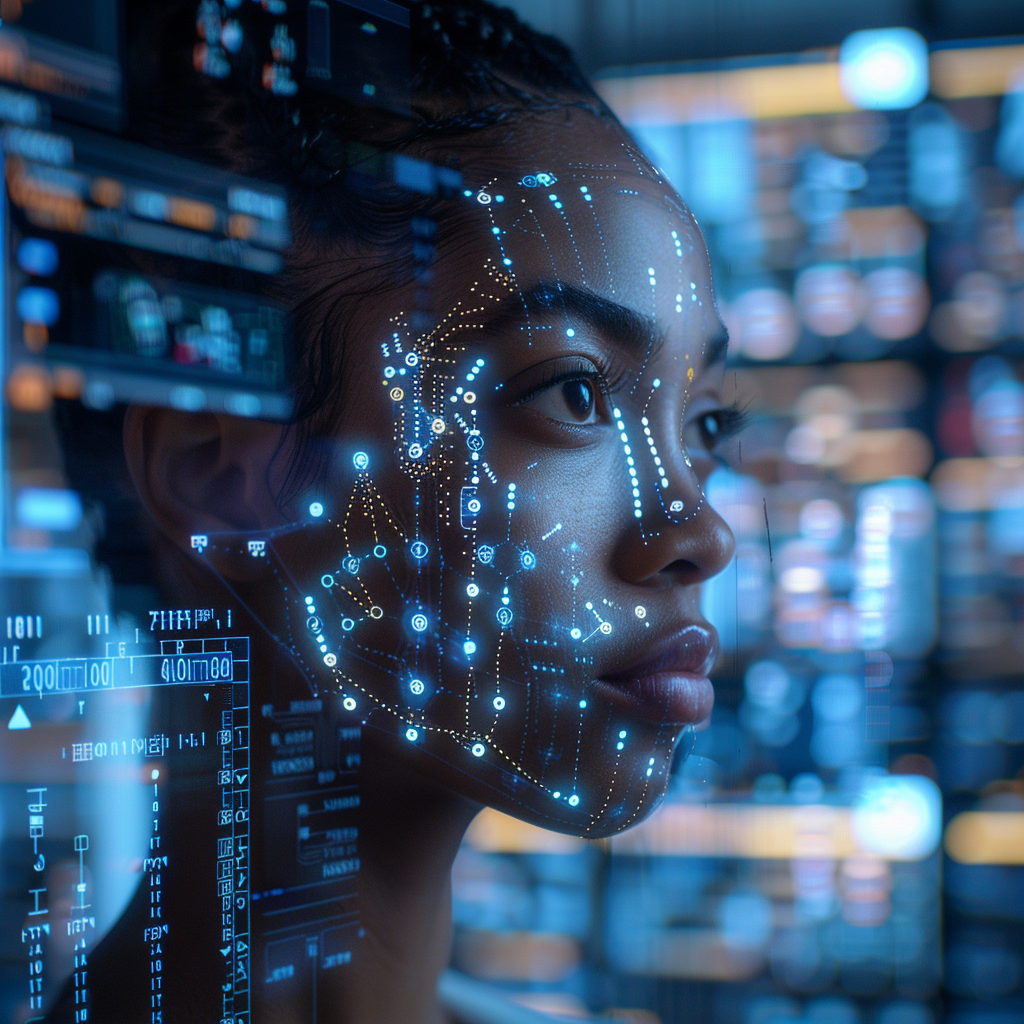
As of January 2024, each of the top 100 facial recognition algorithms was over 99.5% accurate for all four demographics (Black females, Black males, white females, and white males), and even among the top 60 algorithms, the highest vs. lowest accuracy across those groups differed only between ~99.7% and 99.85% – indicating minimal racial/gender performance gaps.
10. Adaptive Learning
AI-enhanced facial recognition systems are increasingly capable of adaptive learning, meaning they can update and improve their models with new data over time. Rather than remaining static after initial training, an adaptive system can learn from new images of faces – for example, updating a person’s facial template as they age or if they change their appearance. This continuous learning helps maintain accuracy in the face of natural variations; the system “grows” with the user. A practical example is smartphone face-unlock: Apple’s Face ID, for instance, uses on-device machine learning to adjust to changes like facial hair growth or new eyewear, and will prompt for a passcode then re-learn if there’s a drastic change. Similarly, enterprise facial recognition solutions can be periodically retrained on recently collected images or use feedback loops to reduce false matches over time. The implications are that facial recognition remains reliable across years and even decades – a user enrolled today can still be recognized in the future without re-enrollment, as the AI refines the facial representation. Adaptive learning thus improves long-term performance and user convenience, making the technology more resilient to change.

Apple’s Face ID system automatically adapts to a user’s changing appearance (for example, if one grows a beard or wears makeup) by updating the stored facial data after confirming identity, thereby sustaining its accuracy over time as the person’s face evolves.